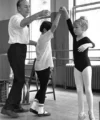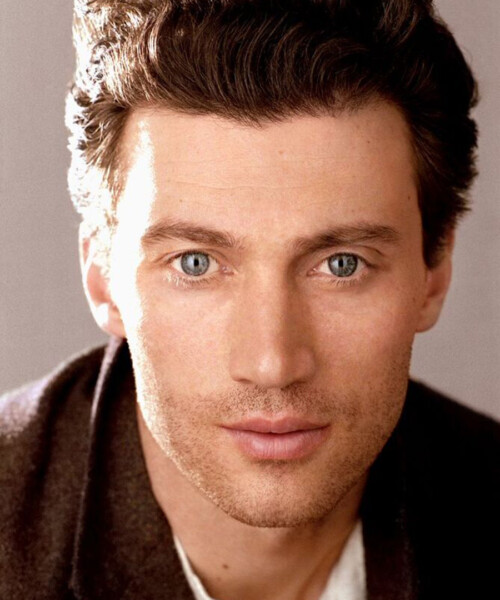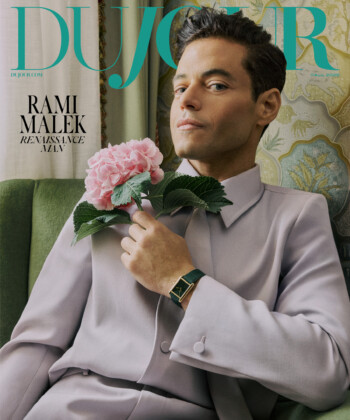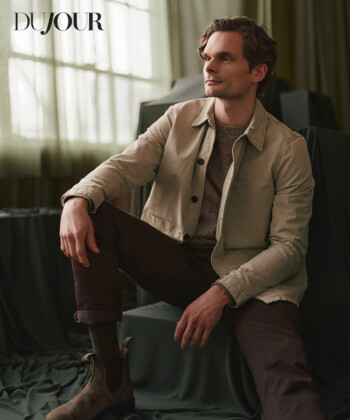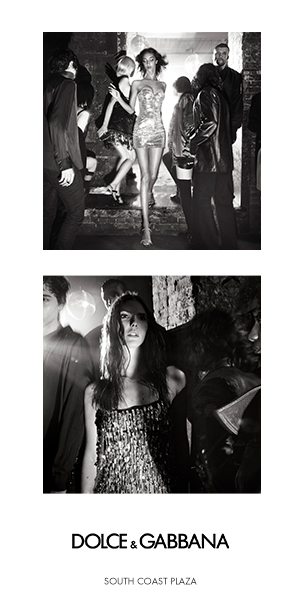Bryce Pinkham’s built plenty of momentum since he made his Broadway debut in 2010. Only three years later, he earned his first Tony nomination—for the wildly popular A Gentleman’s Guide to Love and Murder—and has since landed the plum role of Peter Patrone in the critically praised revival of Wendy Wasserstein’s Tony-winning The Heidi Chronicles opposite Elisabeth Moss and Jason Biggs.
And while Heidi is shutting down in early May, the future’s nothing but bright for Pinkham. Here, he explains how he spends time off stage, why leaving a musical is bad for the waistline and just what he’ll be doing next.
You left the very popular, endlessly award-nominated Gentleman’s Guide for this quieter, more thoughtful show. Are you happy?
Oh, I’m a very happy camper. Aside from it being an amazing show, it’s a great group of people. One of those jobs that you secretly show up to a little early because you like all the people and you just want to hang out with them.
It’s quite a departure from a big musical.
Well, truth be told, Gentleman’s Guide felt like a small cast, too. Even though the ensemble was switching around through so many different parts, it felt like a small show. I think the biggest difference is the material. And, for me, the physical demands of a musical are just astronomically greater than doing this play; I’ve put all my baby weight back on! And I have energy after the show, which is a new feeling for me. Gentleman’s Guide felt like an athletic event every night.
It must be a nice change of pace.
Part of what I really enjoyed about Gentleman’s Guide was it felt like being an athlete. I grew up playing sports, so I enjoyed that rigor. With this job, I have 10 or 15 minutes in between scenes, and that provides a different sort of challenge because I have to stay up enough so that I don’t have to re-calibrate every time I go back out on stage.
What do you do in those breaks?
I have a dartboard. I won’t confess to being very good at darts, but maybe I’m getting better. Truth be told, there’s not so much time between things. We span many decades in the show, so I have people coming in and implanting sideburns on my face and then removing those sideburns, fiddling with my hair, helping me spray some 5 o’clock shadow on. There’s always something going on related to the play.
Considering your character spans several decades, what’s the most challenging of this part has been for you?
Each time I go out there, there’s a new level to the character’s journey.
The action ends in 1982. What makes the show relatable today?
This is what the best writers do, they write in a specific point of view in a specific time period in a timeless way. It kind of feels like Wendy challenging those of us in the future—today—to look at where we came from and what we have done to answer some of these questions that she was raising.
You refer to her by her first name as though she’s with us. Is the spirit of the playwright a big presence for you guys?
Absolutely. She has been from the beginning. I’m looking at a framed picture of an article that came out in the New Yorker before we opened, and it’s sort of a cartoon of Elisabeth, Jason and myself with the image of Wendy in front of us. She had this sort of larger than life presence from what I understand, and ever since the first day of rehearsal, we’ve heard stories.
What’s next for you?
I don’t know. The contract I made with Gentleman’s Guide was that they allowed me to leave to do this project and, depending on when we’re finished here with The Heidi Chronicles and how things are going over there, the table is certainly set for a return if that feels like the right choice. I’m a big believer in crossing bridges when you get to them, because sometimes bridges will disappear, or they’ll show up sooner than you expect them to, and so I haven’t made any decisions yet about what’s next.




















